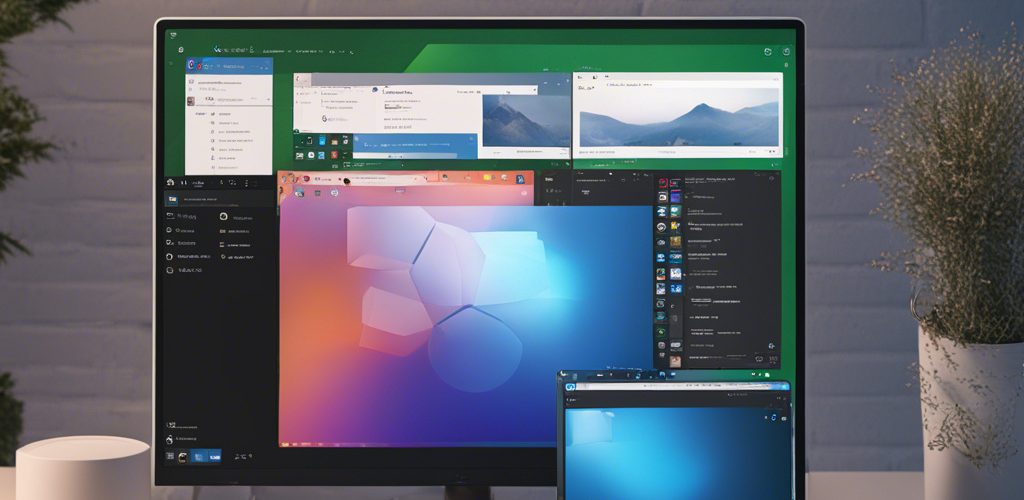The Future of Windows: Embracing an Ambient, Pervasive, and Multi-Modal AI Experience
As technology continues to evolve at an unprecedented pace, Microsoft is stepping up its game with exciting revelations about the next version of Windows. The company’s Windows lead has shared transformative plans for what users can expect, describing the forthcoming iteration as “more ambient, pervasive, and multi-modal.” This shift is primarily driven by advances in artificial intelligence that are poised to redefine the desktop interface and user interaction with their devices.
A New Era of Ambience
The term “ambient” suggests that the next Windows experience will seamlessly blend into the user’s environment. Imagine a desktop that intuitively understands your needs, adapting itself based on the tasks you perform throughout the day. This could involve personalized notifications that prioritize important messages while minimizing distractions, or a user interface that changes according to the time of day and your typical routine.
For instance, as evening approaches, the interface might adjust its lighting and color scheme to create a more relaxed atmosphere, perhaps even offering background music that suits your work style. This ambient technology will not merely react to user actions but will proactively create a more tailored environment, optimizing productivity and well-being.
Pervasiveness in Everyday Life
The notion of “pervasive” suggests that Windows will extend beyond the traditional desktop experience, integrating with a more diverse range of devices and environments. With the rise of IoT (Internet of Things), users can expect their PCs to communicate effortlessly with smart home devices, wearables, and other technology. Think of your Windows device as the control hub of your connected lifestyle, where information flows seamlessly between your computer, phone, and home automation systems.
This interconnectedness can facilitate a more fluid experience, where the transition from working on your PC to controlling your smart TV or adjusting your home’s thermostat feels effortless. Such integration will likely lead to innovative applications that enhance user convenience and streamline day-to-day tasks.
Multi-Modal Interactions
“Multi-modal” signifies the increasing variety of ways users will be able to interact with their devices. Voice commands, touch screens, stylus inputs, and even gesture control are all becoming more commonplace, and Microsoft is keen to embrace this diversity. The next Windows version might leverage AI to recognize context—understanding when it’s more suitable to respond to a voice command rather than requiring a keyboard input, for instance.
This multi-modal approach will empower users by allowing them to choose their preferred method of interaction based on the situation. Whether you’re in a meeting and need to take notes quickly, or at home and wishing to engage in a hands-free experience while cooking, the interface will adapt accordingly.
Final Thoughts
Microsoft’s ambitious vision for the next version of Windows indicates a major shift in how users will experience their devices. By embracing ambient intelligence, pervasive technology, and multi-modal interactions, the company is setting the stage for a more integrated and intuitive user experience.
As AI continues to advance and redefine our relationship with technology, users will be at the heart of these innovations. The impending changes should not only make computing more efficient but also enrich everyday life by fostering a sense of harmony between users and their digital environments. In the coming months, as more details emerge, the excitement surrounding this next version of Windows is sure to grow.





Add comment